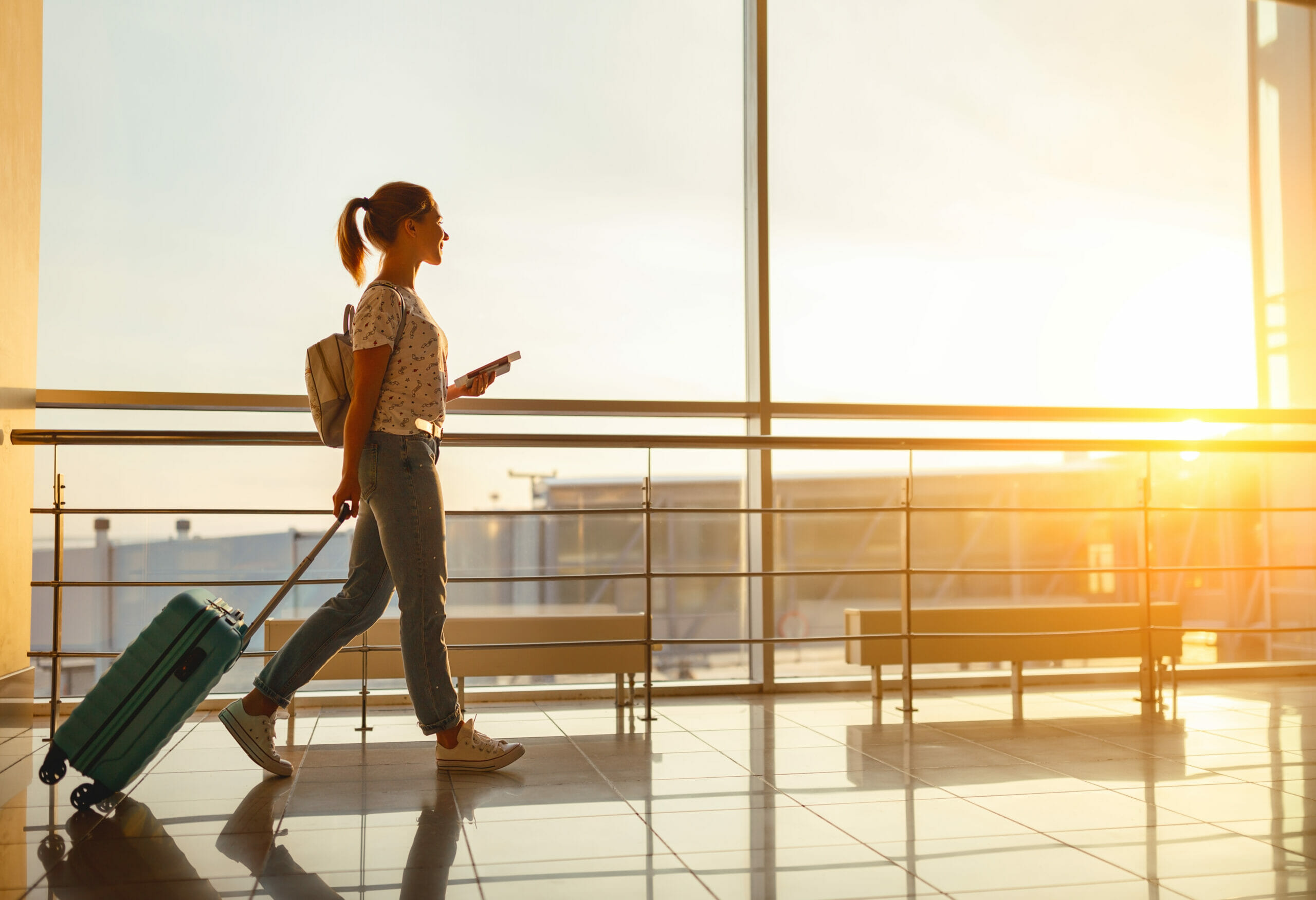Hotel operators have been underinvesting in technology for years, but persistent labour challenges are forcing a reckoning in the industry.
Hotel operators are currently reporting strong bookings, despite rising room rates. Thank you to vacationers. They don’t seem to mind the higher prices because they are so eager to get out and about. According to two industry forecasts, hotel revenue per available room, or RevPAR, will likely exceed pre-pandemic levels this year on a nominal basis.
The most recent forecast, released this week at the NYU International Hospitality Industry Investment Conference by STR and Tourism Economics, predicts that hotel occupancy will remain lower than in 2019, but that average daily rates will be $11 higher than the group’s previous forecast.

The forecast accounts for the possibility of a recession, but it does not expect the economy’s slowdown to force travellers to change their habits. It also predicts that business travel will increase further in the coming year.
Business travel has long been a major driver of hotel spending, and its absence is still felt. The American Hotel & Lodging Association and Kalibri Labs forecasted in April that hotel business travel revenue would be 23 percent lower than pre-pandemic levels this year, a loss of about $20 billion from 2019. According to the AHLA, the industry will lose about $108 billion in business travel revenue between 2020 and 2021.
According to PwC, business traveller growth will help offset any decline in leisure demand next year. It expects average daily room rates to rise 16.9 percent in 2022 over the previous year, resulting in a 28.1 percent increase in RevPAR over the previous year. Then, in 2023, higher occupancy and room rates will help RevPAR rise 6.6 percent year over year, to 114 percent of the level in 2019.
Hotel operators predict that when guests return to hotels, they will notice significant changes. One of them is a greater reliance on technology, which is frequently used to mitigate the effects of staff shortages.
More guests should be able to check into their rooms without going through the front desk by using a kiosk or an app on their phone. This spring, Oracle and the travel industry trade publication Skift polled 633 hotel executives, and nearly all — 96 percent — were investing in self-service technology at their properties. And 62% believe contactless experiences will be the most widely adopted technology in the next three years.
Since December 1981, inflation has not been this high. The consumer price index rose 8.6 percent in May due to rising food and energy prices, according to the Bureau of Labor Statistics on Friday. Hoteliers are seeing these costs pervade their operations, from the food sold in hotel restaurants to the fuel used to heat and cool buildings to the salaries paid to employees.
Mobile apps are ideal for businesses looking to increase customer loyalty. Companies can use the data they collect to better tailor future services and offers.
Although it is too early to predict the impact of inflation on the industry, the pandemic forced “a new level of appreciation” for modern systems.
